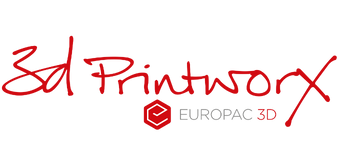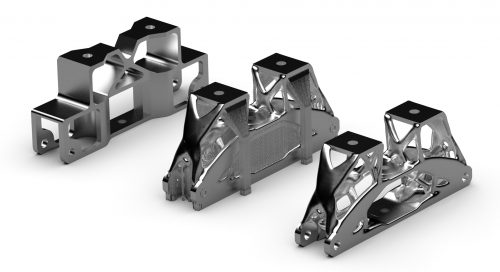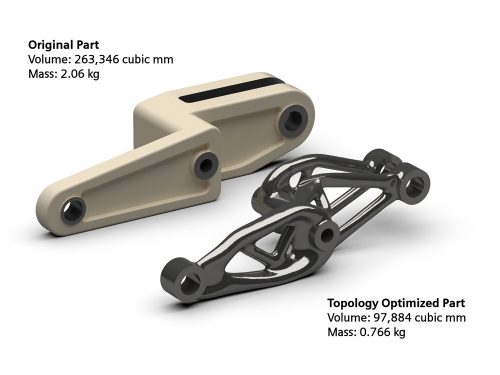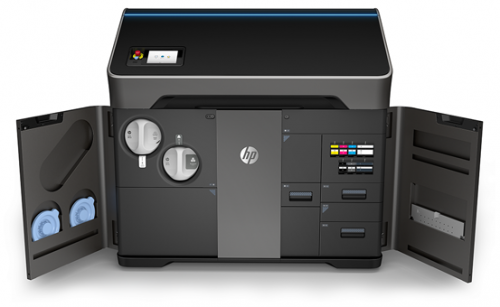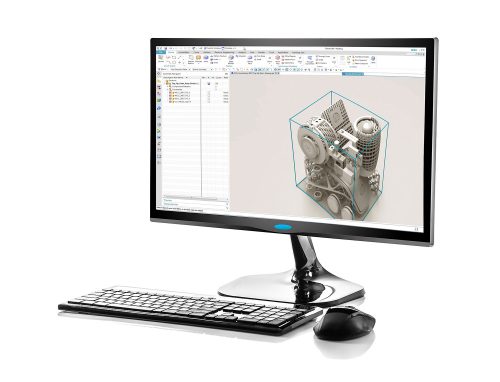Seamless design to 3D printing workflow using a smart model-driven process that eliminates data conversion between software
The additive manufacturing environment is changing, with new technologies such as HP’s Multi Jet Fusion that are pushing the boundaries, transforming the market place from prototypes to full production end use parts. Siemens NX software provides a single software environment that can design, optimize and prepare builds for 3D printing technology.
Key Features
Generate innovative optimised designs that are lightweight and functional
Work with multiple geometries such as triangles, surface and solids all within one software environment
Simulate design performance prior to parts being 3D printed
Nest large volumes of components in one single build tray to maximize production capability.
Convergent Modelling
For engineers and designers convergent modelling allows freedom of design with the ability to use triangles, surfaces and solids all in one seamless environment. Typically the back and forth nature of 3d printing means numerous file translations when parts are converted to a triangulated STL format for 3d printing. The flexibility of Siemens NX convergent modelling means designers can work with any format and make standard operations (extrude, cuts, booleans etc) regardless of type of file type.
Topology Optimization
Siemens NX allows for the creation of shapes and designs unthinkable in any other manufacturing process other than 3d printing. Engineers can begin with a traditional design and simulate a multi physics framework of loads, to develop a lightweight component with no loss of performance or strength.
Print Preparation
Siemens NX can drive the whole process from design, optimization and finally 3d print preparation, with direct output of the a 3d print build file, including HP’s Multi Jet Fusion range of 3d printers. Design engineers can consider factors such as build orientation right at the beginning of the design process that will be intrinsically linked to the model during its life cycle.
Part Nesting
Optimised nesting of multiple parts during a 3d print can greatly increase the efficiency of additive manufacturing, reducing the cost per part and allowing a greater number of manufactured components in a shorter time. NX enables engineers have the ability to configure the optimum orientation for manufacture and then allow the software algorithms to maximise the number of parts in a build tray. A nesting density is achieved that can help improve the efficiency of 3d printing technology, thus saving material and cycle time.
